Home>Interior Design>Victorian Hallway Tiles: 16 Looks For Hallways And Porches
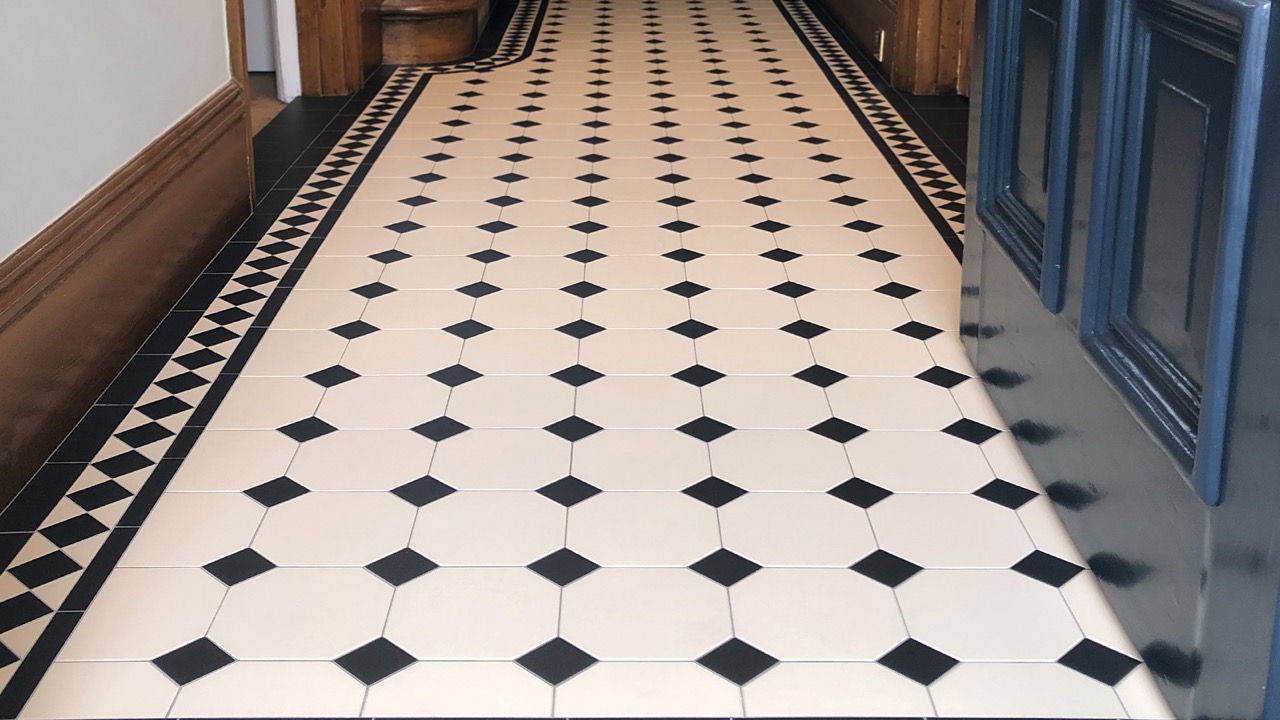

Interior Design
Victorian Hallway Tiles: 16 Looks For Hallways And Porches
Modified: January 19, 2024
Transform your hallway and porch with these stunning Victorian hallway tiles. Discover 16 interior design looks that will add elegance and charm to your home.
(Many of the links in this article redirect to a specific reviewed product. Your purchase of these products through affiliate links helps to generate commission for Storables.com, at no extra cost. Learn more)
Introduction
Welcome to the world of Victorian hallway tiles, where classic elegance meets timeless charm. Hallways and porches are often overlooked, but they present a perfect opportunity to make a lasting impression with exquisite tile designs. Victorian-style tiles capture the spirit of the era, characterized by intricate patterns, rich colors, and meticulous craftsmanship. Whether you have a Victorian period property or simply want to add a touch of old-world charm to your home, these tiles offer endless possibilities for transforming your hallway or porch into a stunning focal point.
In this article, we will explore 16 different looks for Victorian hallway tiles, ranging from classic checkerboard patterns to contemporary twists on traditional designs. Each option offers its own unique style and character, allowing you to find the perfect fit for your interior design vision. Let’s dive in and discover the beauty of Victorian hallway tiles.
Key Takeaways:
- Elevate your hallway with Victorian-inspired tiles, from classic checkerboard to contemporary twists. Infuse history, elegance, and artistry into your space, creating a visually stunning and inviting environment.
- Embrace the diverse options of Victorian hallway tiles to create a captivating and unique space. Let your creativity flow as you select the perfect design, color scheme, and layout to reflect your individual style and personality.
Read more: How To Tile A Porch
Classic Checkerboard
The classic checkerboard pattern is a timeless choice for Victorian hallway tiles. It features a simple yet striking design with alternating squares of contrasting colors. Traditionally, black and white tiles were used to create a bold and graphic look that added depth and visual interest to the space. The checkerboard pattern is versatile and can be adapted to any size of hallway or porch, making it a popular choice for both large and small spaces.
Not only does the checkerboard pattern create a visually stunning effect for your hallway, but it also has practical advantages. The contrasting colors help to disguise dirt and wear, making it an ideal choice for high-traffic areas. Maintenance is a breeze since any spills or stains can be easily spotted and cleaned.
If you want to put a unique spin on the classic checkerboard design, consider using different colored tiles. Instead of the traditional black and white, you can experiment with shades of gray, beige, or even a pop of color to create a more contemporary look while still maintaining the integrity of the Victorian style.
Inspired by the grand entrance halls of stately Victorian homes, the classic checkerboard pattern adds a touch of elegance and sophistication to your hallway or porch. It sets the tone for the rest of your home and leaves a lasting impression on your guests as they enter.
Geometric Patterns
If you’re looking to make a bold statement with your Victorian hallway tiles, consider opting for geometric patterns. Geometric designs were popular during the Victorian era, influenced by the rise of the Arts and Crafts movement and the revival of ancient architectural styles.
There is a wide range of geometric patterns to choose from, including hexagons, diamonds, squares, and triangles. These intricate designs can be combined to create visually stunning layouts that are sure to grab attention. Geometric patterns add a sense of depth and dimension to your hallway, giving it a unique and sophisticated look.
One popular geometric pattern is the intricate hexagonal design. This pattern features interlocking hexagons with intricate detailing, reminiscent of Victorian-era tile floors. Using a combination of different-colored tiles, you can create a mesmerizing effect that adds character and charm to your hallway.
If you prefer a simpler yet equally striking design, you can opt for a diamond pattern. This pattern uses diamond-shaped tiles arranged in a repetitive layout, creating a visually appealing and symmetrical look. The alternating colors of the tiles further enhance the geometric effect.
Geometric patterns offer endless possibilities for customization. You can play with different colors, sizes, and arrangements to create a design that suits your unique style and complements your existing décor. Whether you prefer a more traditional monochromatic color scheme or want to introduce pops of vibrant colors, geometric patterns allow for creative expression.
By incorporating geometric patterns into your Victorian hallway tiles, you can infuse a sense of modernity while still paying homage to the rich heritage of the era. The intricate designs will captivate the eye and create a stunning focal point in your hallway or porch.
Mosaic Marvels
For a truly enchanting and luxurious look, consider incorporating mosaic tiles into your Victorian hallway design. Mosaic tiles are small, intricately designed pieces that come together to create stunning patterns and images. They have been used for centuries to add a touch of opulence and artistry to homes and public spaces.
Mosaic tiles offer endless design possibilities. You can choose from a wide variety of colors, shapes, and materials to create a design that reflects your personal style. Whether you prefer bold and vibrant colors or a more subtle and timeless palette, mosaic tiles can be customized to suit your preferences.
One of the most popular mosaic tile designs is the floral motif. Delicate flowers, leaves, and vines are meticulously arranged to create a breathtaking pattern that adds a touch of nature to your hallway. The intricate details and vibrant colors of the floral mosaic can create a sense of romance and elegance, transforming your hallway into a work of art.
If you prefer a more geometric aesthetic, you can opt for mosaic tiles in patterns such as herringbone, chevron, or arabesque. These patterns create a mesmerizing visual effect and add a sense of movement and energy to your hallway. The combination of geometric shapes and vibrant colors will make a bold statement and leave a lasting impression.
In addition to their stunning visual appeal, mosaic tiles are also incredibly durable and easy to maintain. They can withstand heavy foot traffic and are resistant to stains and water damage. With proper care, your mosaic hallway tiles will continue to shine for years to come.
By incorporating mosaic tiles into your Victorian hallway design, you can create a space that is not only beautiful but also rich in history and craftsmanship. The intricate patterns and vibrant colors will transport you to a bygone era while adding a touch of luxury and sophistication to your home.
Floral Delights
Floral designs are synonymous with Victorian aesthetics, making them a perfect choice for hallway tiles that exude charm and elegance. Victorian-era homes often featured intricate floral motifs in their interior design, and you can easily bring this timeless beauty into your hallway with floral-themed tiles.
When it comes to floral design options, you have a plethora of choices. From delicate roses and daisies to bold and vibrant peonies and sunflowers, there are countless floral patterns to suit your taste. The beauty of floral tiles lies in their ability to add a touch of nature and whimsy to your hallway, creating a serene and inviting ambiance.
A popular floral design for Victorian hallway tiles is the climbing vine pattern. This pattern features intertwining vines with leaves and blossoms, creating a sense of movement and grace. The climbing vine design can be laid out as a border or as a central focal feature, depending on your preference and the size of your hallway.
If you prefer a more subtle approach, you can opt for tiles with scattered floral accents. These tiles feature small floral motifs scattered across the surface, creating a delicate and charming effect. This design is ideal for those who want to add a touch of femininity and softness to their hallway.
For a more dramatic and impactful look, consider tiles with large-scale floral patterns. These bold designs feature oversized flowers, leaves, and vines, creating a stunning visual impact. The intricate detailing and vibrant colors bring life and vibrancy to your hallway, making it a true showstopper.
Floral-themed Victorian hallway tiles can be customized to suit your specific color palette. Whether you prefer soft pastel hues or rich and vibrant tones, there are numerous options to choose from. You can even mix and match different floral designs to create a unique and personalized look.
By adorning your hallway with floral tiles, you can bring the beauty of nature indoors and create a serene and inviting space. This classic Victorian design choice is sure to create a lasting impression on anyone who walks through your door.
Vintage Charm
Embrace the vintage charm of the Victorian era by incorporating vintage-inspired tiles into your hallway design. Vintage-style tiles capture the essence of the past, evoking a sense of nostalgia and timeless elegance. With their intricate patterns and rustic textures, these tiles can transport your hallway back in time.
There are several ways to achieve a vintage look in your hallway tiles. One option is to use tiles that mimic the look of weathered or distressed surfaces. These tiles have a worn and aged appearance, adding character and a sense of history to your space. You can choose from subtle patinas or more pronounced distressed finishes, depending on the level of vintage charm you want to achieve.
Another option is to opt for tiles with traditional Victorian patterns, such as fleur-de-lis, arabesque, or quatrefoil designs. These patterns feature intricate detailing and symmetrical layouts, showcasing the craftsmanship of the era. By using these vintage-inspired patterns, you can infuse a sense of old-world charm and sophistication into your hallway.
To further enhance the vintage aesthetic, consider using a monochromatic color scheme. Shades of black, gray, and white are particularly effective in creating a timeless and elegant look. You can choose tiles with subtle variations in shade and texture to add depth and visual interest to your hallway.
If you want to incorporate a touch of color, opt for muted and subdued tones such as soft blues, sage greens, or dusty pinks. These colors were commonly used in Victorian-era homes and can add a hint of warmth and nostalgia to your hallway.
To complete the vintage charm, you can also consider using tiles with decorative borders. Border tiles with intricate patterns can be used to frame the main tile design, creating a stunning visual contrast. This attention to detail adds an extra layer of elegance and sophistication to your hallway.
By choosing vintage-inspired tiles for your hallway, you can create a space that harkens back to a bygone era. The combination of timeless patterns and weathered finishes will give your hallway a unique sense of character and a touch of vintage allure.
Dramatic Diamonds
If you’re looking to make a bold statement with your Victorian hallway tiles, consider embracing the dramatic beauty of diamond patterns. Diamond-shaped tiles offer a unique and visually striking design that adds depth and intrigue to your space. With their sharp geometric lines and mesmerizing layout, diamond patterns can transform your hallway into a captivating work of art.
Diamond patterns come in various sizes and configurations, allowing you to create a design that suits your personal style. One popular option is the traditional diamond grid, where diamond-shaped tiles are arranged in a regular pattern, creating a symmetrical and visually pleasing effect. This classic design adds a touch of elegance and sophistication to your hallway.
If you’re feeling bold and want to create a more dynamic look, consider the diagonal diamond pattern. In this layout, diamond-shaped tiles are positioned at a 45-degree angle, creating a sense of movement and energy. This design choice adds a modern twist to the Victorian era, infusing your hallway with a contemporary flair.
For a dramatic and eye-catching look, opt for diamond patterns in contrasting colors. For instance, pairing black and white tiles creates a striking visual impact, highlighting the geometric shapes and adding a sense of depth to your hallway. This high-contrast design choice is perfect for those who want to make a strong and confident statement.
If you prefer a more subtle approach, you can choose diamond patterns in similar shades for a monochromatic look. Soft tones like beige, gray, or pastel colors create a more understated yet elegant effect, allowing the diamond pattern to shine in a more subdued manner.
Whether you choose a large-scale diamond pattern for maximum impact or a smaller, more intricate layout for a delicate touch, incorporating diamond-shaped tiles into your Victorian hallway will undoubtedly create a captivating focal point. The geometric symmetry and sophistication of diamond patterns will leave a lasting impression on anyone who enters your home.
Art Nouveau Treasures
Bring a touch of artistic elegance to your Victorian hallway with Art Nouveau-inspired tiles. Art Nouveau was a prominent design movement during the late 19th and early 20th centuries, characterized by its flowing, organic forms and intricate details. By incorporating Art Nouveau tiles into your hallway, you can infuse a sense of beauty and sophistication into your space.
Art Nouveau tiles often feature curvilinear patterns, inspired by nature and the human form. The designs may include intricate floral motifs, graceful vines and tendrils, and flowing lines that create a sense of movement. The tiles are known for their ornate and decorative qualities, adding a touch of artistic flair to your hallway.
One popular Art Nouveau tile design is the use of sinuous, elongated shapes. These tiles often feature elongated curves and flowing lines, creating a sense of graceful movement. The combination of flowing lines and intricate detailing gives these tiles a captivating and mesmerizing effect.
Another characteristic of Art Nouveau tiles is the use of vibrant and rich colors. Shades such as deep blues, lush greens, and warm earth tones were commonly used to evoke a sense of opulence and luxury. By incorporating these colors into your hallway, you can create a space that feels luxurious and visually striking.
Art Nouveau tiles can be used in various ways in your hallway design. Consider using them as a decorative border to frame a larger tile motif or as a focal point in a central area of your hallway. Regardless of how you incorporate them, these tiles will undoubtedly become a conversation piece and a standout feature in your home.
With their intricate designs and artistic flair, Art Nouveau-inspired tiles add a touch of sophistication and beauty to any Victorian hallway. They capture the essence of a bygone era while still maintaining a timeless and elegant appeal. By embracing the artistic treasures of the Art Nouveau movement, your hallway will transform into a work of art.
Border Beauties
When it comes to Victorian hallway tiles, don’t overlook the power of a beautiful border. A carefully chosen border can add a touch of elegance and create a sense of definition and structure in your hallway. Victorian-era homes often featured intricate and ornate borders as a way to enhance the overall design and make a statement.
Border tiles come in a wide range of styles and patterns, allowing you to choose the one that best suits your personal taste and complements your overall hallway design. Whether you prefer a simple and subtle border or an intricate and elaborate one, there is a border tile out there to meet your needs.
An ideal choice for a Victorian hallway is a border with a floral motif. Delicate flowers, leaves, and vines can create a timeless and enchanting border that adds a touch of nature and whimsy to your space. The intricate detailing and vibrant colors of a floral border add a sense of visual interest and depth to your hallway.
If you prefer a more geometric aesthetic, consider a border with geometric patterns. These patterns use straight lines, angles, and symmetrical designs to create a visually pleasing border that adds a touch of structure and sophistication to your hallway. Geometric borders can be simple and subtle or intricate and complex, depending on the level of visual impact you desire.
Another option to consider is a border with motifs inspired by the Victorian era. This could include classic designs such as fleur-de-lis, acanthus leaves, or scrollwork. These ornate and decorative motifs were commonly seen in Victorian homes and can add a sense of grandeur and refinement to your hallway design.
When selecting a border for your Victorian hallway, consider the color scheme as well. A border in a contrasting color can create a striking visual impact, drawing attention to the intricacies of the design. Alternatively, a border in a complementary color can blend seamlessly with the main tile pattern, creating a cohesive and harmonious look.
By incorporating a beautiful border into your Victorian hallway design, you can add an extra layer of charm and elegance to your space. The exquisite detailing and intricate patterns of the border tiles will enhance the overall aesthetic and create a polished and cohesive look in your hallway.
When choosing Victorian hallway tiles, consider the size and pattern of the tiles to complement the space. Opt for durable materials like ceramic or porcelain for high-traffic areas.
Monochromatic Magic
For a sophisticated and timeless look in your Victorian hallway, consider embracing the magic of a monochromatic color palette. Monochromatic designs involve using varying shades of a single color, creating a harmonious and visually pleasing effect. This approach allows for a cohesive and elegant look that will never go out of style.
When it comes to choosing a monochromatic color scheme for your hallway tiles, the possibilities are endless. You can opt for classic shades such as shades of gray, beige, or white, or experiment with bolder colors like navy blue or deep green. The key is to select a color that complements your overall hallway design and creates the desired ambiance.
A monochromatic color scheme allows the intricate details and patterns of the tiles to shine. By using different shades of the same color, you can create depth and visual interest in your hallway without overwhelming the space. The subtle variations in hue add a layer of sophistication and sophistication to the overall design.
One way to incorporate a monochromatic color scheme is by using tiles in varying shades of the same color in a checkerboard or herringbone pattern. This technique adds a touch of flair and depth while maintaining the overall cohesiveness of the design.
If you prefer a more subtle and understated approach, consider using tiles in a single shade throughout your hallway. This creates a clean and minimalist look that allows other design elements, such as furnishings or artwork, to take center stage.
When working with a monochromatic color scheme, texture becomes even more crucial. Consider using tiles with different textures, such as matte, glossy, or textured finishes, to add dimension and visual interest to your hallway. The interplay of textures within a single color palette can create a layered and luxurious effect.
By embracing monochromatic magic in your Victorian hallway, you can create a space that is both timeless and effortlessly elegant. The cohesive color scheme allows the beauty of the tiles to be showcased while creating a serene and harmonious ambiance in your home.
Victorian Scrolls
Add a touch of intricate elegance to your Victorian hallway with tiles featuring Victorian scrollwork designs. This iconic pattern, characterized by its swirling and ornate motifs, is a hallmark of Victorian-era architecture and design. By incorporating Victorian scrolls into your hallway tiles, you can bring a sense of timeless beauty and sophistication to your space.
Victorian scrollwork is known for its delicate and intricate detailing, often inspired by natural elements such as vines, foliage, and flowers. These designs create a sense of movement and grace, giving your hallway a touch of grandeur and refinement.
One popular way to incorporate Victorian scrolls into your hallway design is to use them as a border. A border featuring scrollwork can frame your main tile design and create a stunning visual contrast. Whether you opt for a simple border with a single scroll motif or a more elaborate pattern with multiple scrolls, the elegance of the design will elevate your hallway’s aesthetic.
If you prefer a bolder statement, consider using tiles with large-scale Victorian scroll patterns as the main feature of your hallway. These eye-catching designs can be positioned in a central area or utilized as a focal point near an entrance or staircase.
Victorian scrolls can also be combined with other design elements for a more intricate look. For example, you can incorporate them into a mosaic tile design, combining the beauty of scrollwork with other patterns or motifs.
When it comes to color choices, you can opt for classic black and white for a timeless and sophisticated look. Alternatively, you can experiment with different color combinations to create a more personalized and unique effect.
Incorporating Victorian scrollwork into your hallway tiles evokes a sense of tradition and craftsmanship. The intricate designs and elegant motifs create a space that feels refined and luxurious. Whether used as a border or as the main feature, Victorian scrolls bring a touch of vintage charm and sophistication to your hallway.
Bold Color Accents
Add a vibrant burst of energy and personality to your Victorian hallway with bold color accents in your tile design. While Victorian-era interiors were often characterized by muted and subdued tones, incorporating bold and vibrant colors can create a stunning visual impact and bring a modern twist to your space.
When using bold color accents, it’s important to strike a balance between the overall color scheme and the targeted pops of color. Choose a neutral base color for the majority of your hallway tiles, such as shades of white, gray, or beige. This will serve as a backdrop to highlight the bold color accents.
One popular way to introduce bold color accents is by incorporating them into a decorative pattern or motif. For example, you can use a vibrant hue to create a floral design or geometric pattern in specific areas of your hallway. This creates visual interest and draws attention to those areas.
Alternatively, you can consider using bold color accents in a border design. A border with bold colors can create a striking visual contrast against the neutral tiles, adding excitement and a focal point to your hallway. Choose colors that complement each other and create a harmonious balance.
Remember that less is often more when it comes to bold color accents. By using them sparingly and strategically, you can create a powerful impact without overwhelming the space. Select a few key areas to feature the bold colors and let them shine.
When selecting the colors for your bold accents, consider the overall style and mood you want to create. Bold and vibrant primary colors, such as red, blue, and yellow, exude energy and playfulness. On the other hand, jewel tones like emerald green, sapphire blue, or deep ruby can evoke a sense of luxury and richness.
Incorporating bold color accents into your Victorian hallway tiles adds a contemporary touch and injects a sense of personality and excitement into your space. When done right, these accents can create a harmonious balance between traditional elegance and modern sophistication.
Octagonal Opulence
Elevate your Victorian hallway to a new level of opulence with octagonal tiles. The unique shape of octagonal tiles adds a sense of grandeur and sophistication to your space, making a bold statement that is sure to impress.
Octagonal tiles were a popular choice during the Victorian era, adorning the floors of grand homes and public spaces. This timeless design combines the symmetry of straight lines with the softness of curved edges, creating a visually striking effect that draws the eye.
One of the most classic octagonal tile designs is the black and white checkered pattern. This dramatic contrast creates a stunning visual impact and adds depth to your hallway. Whether you opt for a large-scale checkered pattern or a smaller tessellated design, the octagonal shape enhances the overall elegance of the pattern.
If you prefer a more intricate and decorative look, consider octagonal tiles with ornate detailing. These tiles may feature intricate motifs, such as flowers, leaves, or filigree patterns, that add an extra layer of texture and visual interest to your hallway.
In addition to the classic black and white, octagonal tiles come in a variety of colors and finishes. You can choose from rich and luxurious hues like deep blue, emerald green, or burgundy to create a sense of opulence and glamour in your hallway.
Octagonal tiles can be laid in various ways to create different effects. A traditional layout involves aligning the edges of the tiles to form a unified pattern, while a diagonal layout adds a dynamic and eye-catching element. Whichever layout you choose, the octagonal shape adds a touch of sophistication to your hallway decor.
To complement the octagonal tiles, consider incorporating coordinating border tiles. A border with intricate detailing or a contrasting color can frame the octagonal pattern, creating a polished and finished look.
By incorporating octagonal tiles into your Victorian hallway, you can enhance the overall opulence and elegance of your space. The unique shape and versatile design options of octagonal tiles allow you to customize your hallway to perfectly suit your personal style.
Moroccan Inspiration
Transport your Victorian hallway to the enchanting world of Moroccan design with tiles inspired by the vibrant and intricate patterns of Moroccan tiles. Moroccan-inspired tiles offer a unique blend of exotic beauty, geometric precision, and intricate detailing that can transform your hallway into a mesmerizing and inviting space.
One characteristic of Moroccan-inspired tiles is the use of bold and rich colors. Vibrant hues like blues, greens, yellows, and oranges are often employed to create a joyful and lively ambiance. These colors can instantly uplift the mood of your hallway and bring a sense of warmth and vibrancy to the space.
Geometric patterns are another hallmark of Moroccan design. Intricate and symmetrical designs such as stars, crosses, and interlocking shapes fill the tiles, creating a captivating visual impact. The repetition and precision of these patterns exude a sense of harmony and balance, adding depth and interest to your hallway.
Another key element of Moroccan-inspired tiles is the use of intricate details and surface textures. Whether it’s through hand-painted motifs or raised glazing, these tiles offer a tactile experience that adds depth and richness to the hallway. The tactile quality of the tiles creates a unique and engaging visual experience as you walk through your hallway.
When incorporating Moroccan-inspired tiles into your Victorian hallway, you can choose to use them as the main flooring or as a decorative accent. A Moroccan-inspired tile floor creates a bold and eye-catching statement, especially when paired with more understated wall colors and furniture. For a subtler approach, you can use Moroccan-inspired tiles in a smaller area, such as a focal point or a decorative border.
To enhance the overall Moroccan-inspired aesthetic, you can complement the tiles with traditional Moroccan decor elements such as lanterns, patterned textiles, and intricate metalwork. This will create a cohesive and immersive experience, transporting you and your guests to the picturesque landscapes of Morocco.
By incorporating Moroccan-inspired tiles into your Victorian hallway, you bring a touch of exotic allure and vibrant energy. The vivid colors, intricate patterns, and captivating designs of Moroccan-inspired tiles create a visual feast for the eyes, making your hallway a true work of art.
Gothic Grace
Infuse your Victorian hallway with the dark elegance and timeless beauty of Gothic-inspired tiles. Gothic architecture and design were prevalent during the Victorian era, and incorporating Gothic elements into your hallway tiles can create an atmosphere of mystery, drama, and grace.
Gothic-inspired tiles often feature intricate and ornate patterns, reflecting the architectural details found in Gothic cathedrals and buildings. The designs may include elements such as arches, pointed arches, trefoils, quatrefoils, and tracery. These motifs add a sense of grandeur and sophistication to your hallway, evoking a sense of awe and reverence.
One popular choice for Gothic-inspired tiles is the use of black and gray hues. These dark and moody colors create a dramatic and atmospheric backdrop for the intricate patterns. The contrast between the dark tiles and the light-filled areas of your hallway creates a captivating visual effect.
In addition to the color scheme, the texture and finish of the tiles can also contribute to the Gothic aesthetic. Consider using tiles with rich and varied textures, such as embossed or distressed finishes, to add depth and tactile interest to your hallway. The interplay of light and shadow on these textured surfaces enhances the overall Gothic ambiance.
To fully embrace the Gothic grace, consider incorporating arches into your hallway design. Arched doorways or windows framed by Gothic-inspired tiles can create a sense of architectural grandeur and elegance. This design element adds an extra layer of sophistication and authenticity to your hallway.
Gothic-inspired tiles can be used in various ways, depending on your preference and the size of your hallway. You can opt for a bold and eye-catching pattern throughout the entire hallway to create a statement floor. Alternatively, you can utilize Gothic-inspired tiles as accents or borders, adding a subtle touch of Gothic charm to the overall design.
By incorporating Gothic-inspired tiles into your Victorian hallway, you can recreate the intricate beauty and ethereal atmosphere of Gothic architecture. The ornate patterns and dark elegance of these tiles bring a sense of history and majesty to your space, creating a truly enchanting and captivating hallway.
Nautical Vibes
Bring the charm and serenity of the sea into your Victorian hallway with nautical-inspired tiles. Nautical themes were popular during the Victorian era, especially in coastal areas and seaside retreats. By incorporating nautical elements into your hallway tiles, you can create a space that exudes a sense of tranquility and seaside charm.
When it comes to nautical-inspired tiles, one key element is the use of soothing colors. Shades of blue, ranging from pale sky blue to deep navy, can evoke the calming ambiance of the ocean. Complement these blues with accents of white, sandy beige, or soft gray to create a harmonious and coastal-inspired color palette.
In terms of patterns and motifs, consider incorporating designs such as waves, seashells, anchors, sailboats, or compass roses. These nautical symbols can be used individually or arranged in patterns to create visually captivating tiles. The repetition of these motifs on the floor of your Victorian hallway creates a delightful and maritime atmosphere.
For a more subtle approach, you can opt for tiles with textures that mimic the look and feel of sand, waves, or even sea foam. These textured tiles add depth and visual interest to your hallway, creating a tactile experience that further enhances the nautical vibes.
Nautical-inspired tiles can be used in various ways in your hallway design. You can choose to create a focal point with a decorative pattern in the center of your hallway or use them as accents within a larger tile layout. Another option is to utilize them as a border that frames the main tile design, creating a cohesive and maritime-inspired look.
To create a complete nautical ambiance, complement the tiles with nautical-inspired decor items such as rope accents, seashell displays, or maritime-inspired artwork. These additional elements will enhance the overall nautical theme and create a cohesive and immersive experience in your hallway.
By incorporating nautical-inspired tiles into your Victorian hallway, you can bring the calm and soothing vibes of the sea into your home. The serene color palette, maritime motifs, and tactile textures will transport you to a seaside retreat every time you step into your hallway.
Contemporary Twist
Give your Victorian hallway a modern and stylish makeover with a contemporary twist on traditional tiles. Mixing contemporary elements with the classic charm of Victorian design can create a truly unique and visually captivating space that combines old-world elegance with contemporary sophistication.
When it comes to incorporating a contemporary twist, consider using tiles with clean lines and geometric patterns. Choose designs that feature sharp angles, minimalistic shapes, or abstract patterns. This adds a sense of modernity and simplicity to your hallway while still paying homage to the Victorian era.
Experiment with bold and vibrant colors that showcase your personal style. Opt for unexpected color combinations or use a pop of a bright color against a neutral background to create a visually striking effect. The use of color can bring a refreshing and contemporary feel to your Victorian hallway design.
In addition to colors and patterns, consider incorporating different tile sizes and shapes to create a contemporary layout. Mix large-format rectangular tiles with smaller square tiles to add visual interest and a sense of depth to your space. You can also play with asymmetrical arrangements or tile patterns that break away from traditional symmetry.
Another way to infuse a contemporary twist is to incorporate mixed materials in your tile design. Consider combining tiles with different finishes, such as matte and glossy, or integrating tiles with other materials like glass, metal, or wood. This fusion of materials adds texture and a modern edge to your Victorian hallway.
To create a seamless blend of contemporary and Victorian aesthetics, consider incorporating modern lighting fixtures, sleek furniture pieces, and minimalist artwork into your hallway design. These elements will further enhance the contemporary ambiance and create a cohesive and balanced look in your space.
By adding a contemporary twist to your Victorian hallway tiles, you can create a space that is both timeless and cutting-edge. The combination of modern elements with traditional Victorian design creates a visually intriguing and dynamic environment that reflects your unique style and artistic sensibilities.
Conclusion
Incorporating Victorian-inspired tiles into your hallway design is a surefire way to elevate the aesthetic of your space. From classic checkerboard patterns to intricate floral designs, there is a wide range of options to choose from, each offering its own unique charm and character.
By embracing the timeless elegance of Victorian hallway tiles, you can transform your space into a captivating and inviting area. The intricate patterns, rich colors, and meticulous craftsmanship of these tiles bring a sense of history and sophistication to your hallway, creating a lasting impression on anyone who enters.
Whether you opt for the vibrant and exotic allure of Moroccan-inspired tiles or the dark and opulent beauty of Gothic designs, each style offers a distinct ambiance that adds depth and personality to your Victorian hallway. Bold color accents and contemporary twists on traditional designs infuse a modern flair, while monochromatic schemes and nautical themes create a serene and coastal-inspired atmosphere.
Whichever style you choose, the key is to find a balance between maintaining the integrity of the Victorian era and infusing your unique personal style. Pay attention to the color palette, patterns, and finishes to create a cohesive and visually arresting design that resonates with your aesthetic preferences.
Remember, the hallway is the gateway to your home, and the tiles you choose can set the tone and make a lasting impression. Whether you have a Victorian period property or simply want to add a touch of old-world charm to your home, Victorian hallway tiles offer endless possibilities for transforming your hallway into a stunning focal point.
So, embark on this design journey, exploring the diverse options of Victorian hallway tiles. Let your creativity flow as you select the perfect design, color scheme, and layout to create a hallway that is not only visually stunning but also reflects your individual style and personality.
With Victorian hallway tiles, you can bring history, elegance, and artistry into your home, creating a space that truly stands out. Let your hallway become a canvas for your interior design vision, showcasing the beauty and allure of Victorian-inspired tiles for all to admire.
Frequently Asked Questions about Victorian Hallway Tiles: 16 Looks For Hallways And Porches
Was this page helpful?
At Storables.com, we guarantee accurate and reliable information. Our content, validated by Expert Board Contributors, is crafted following stringent Editorial Policies. We're committed to providing you with well-researched, expert-backed insights for all your informational needs.
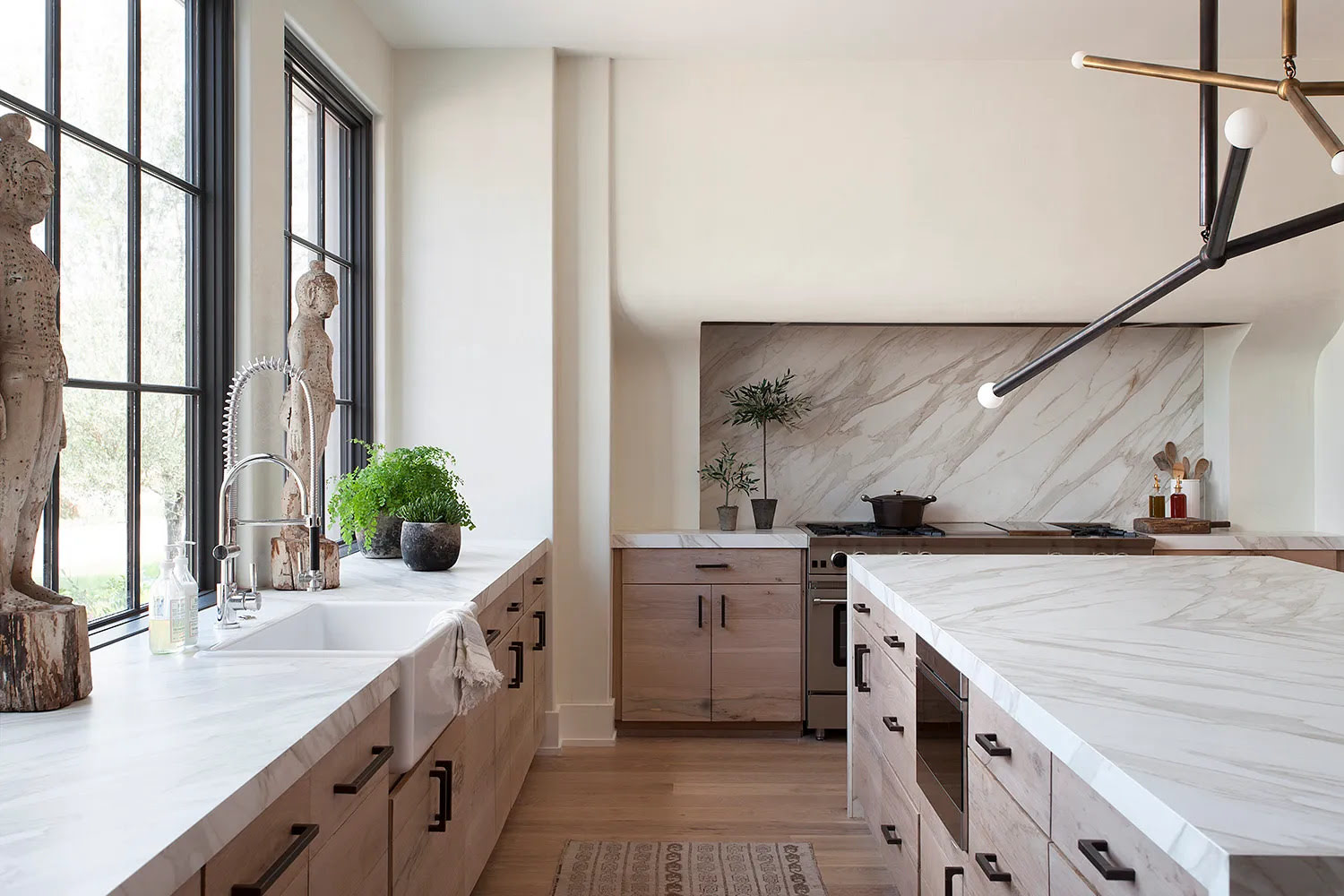
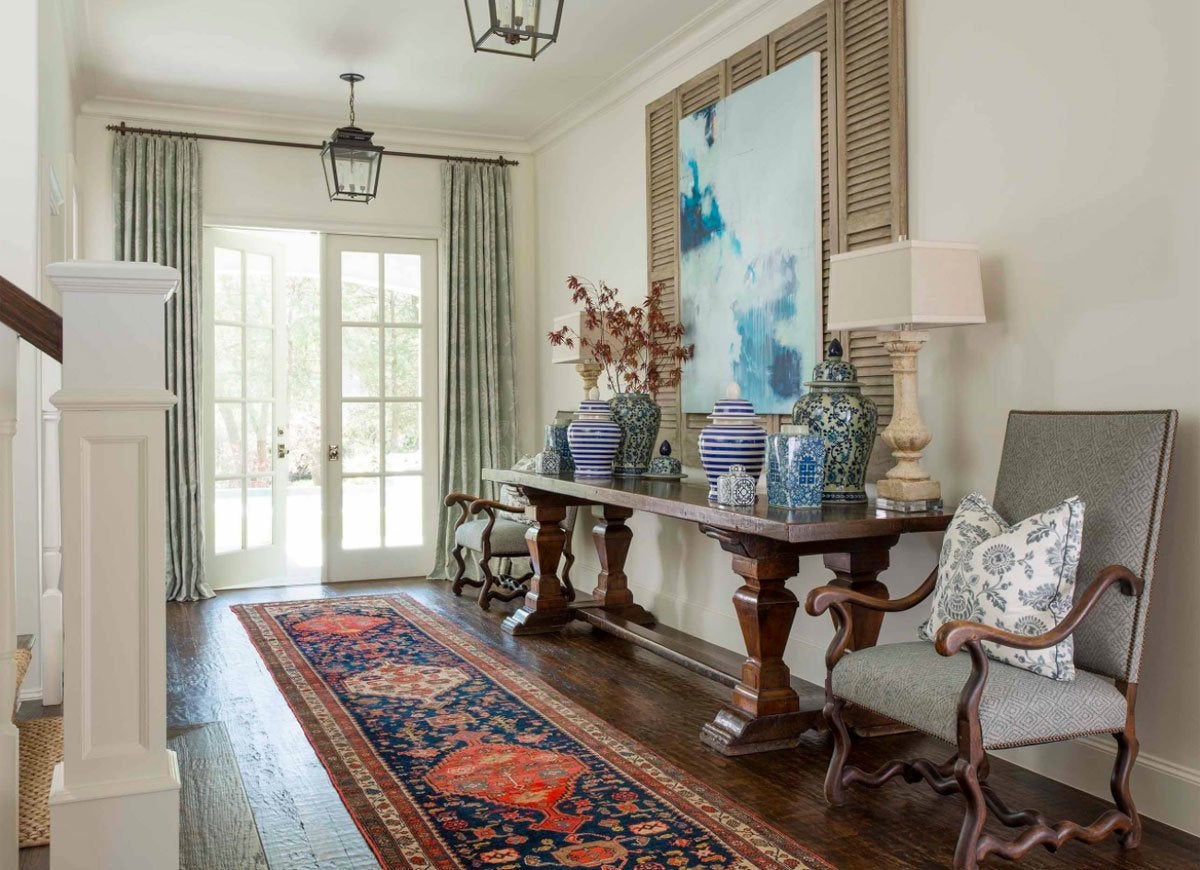
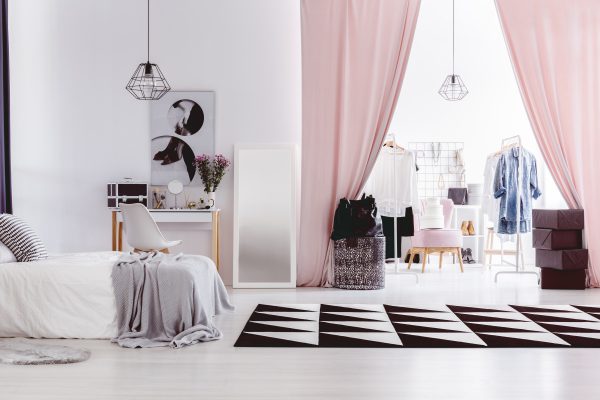
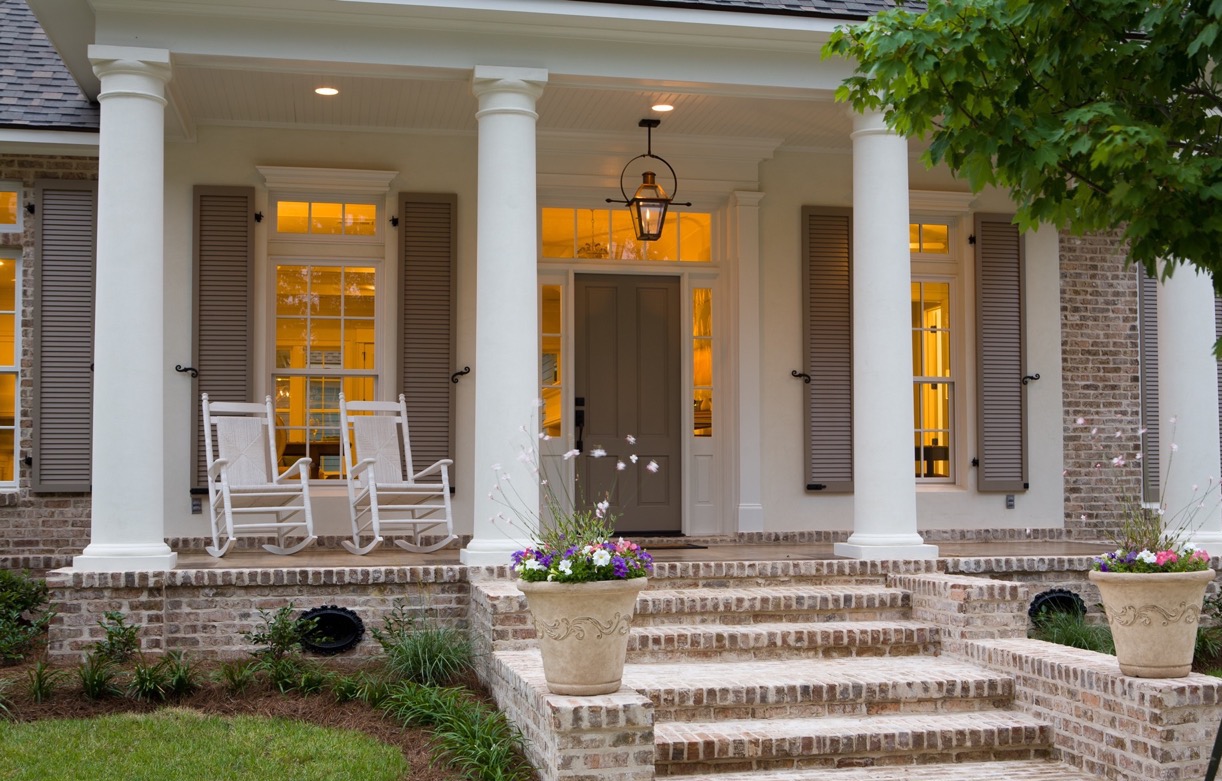
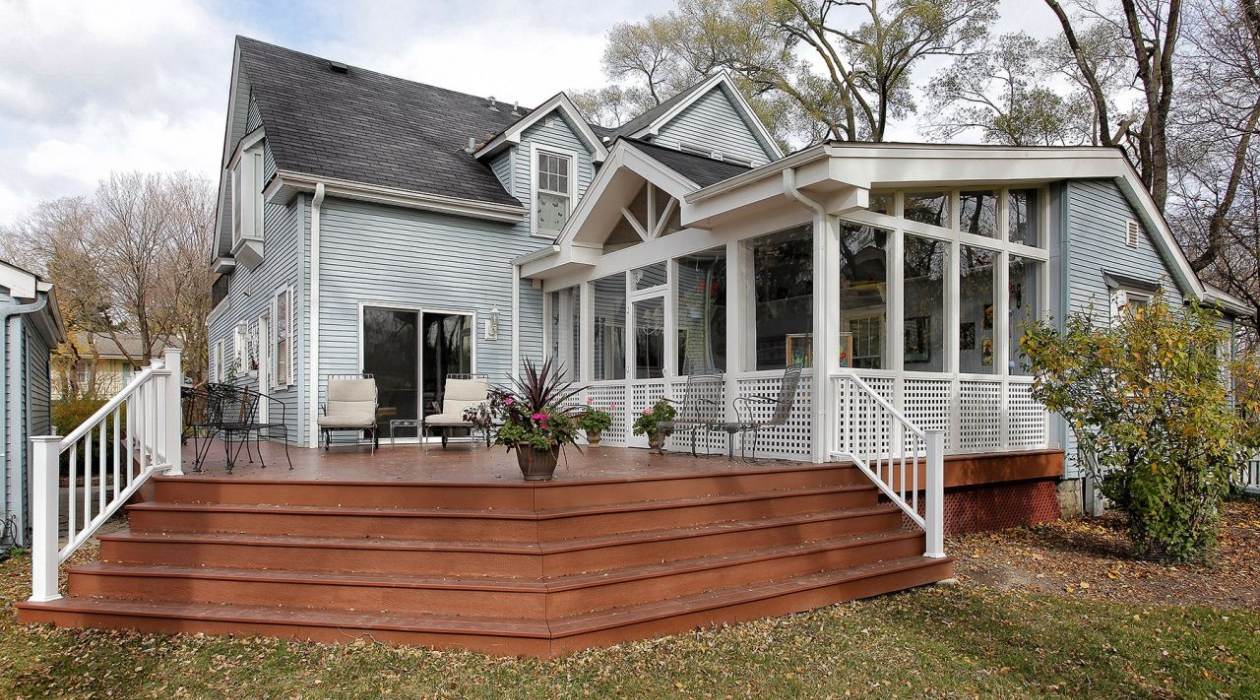
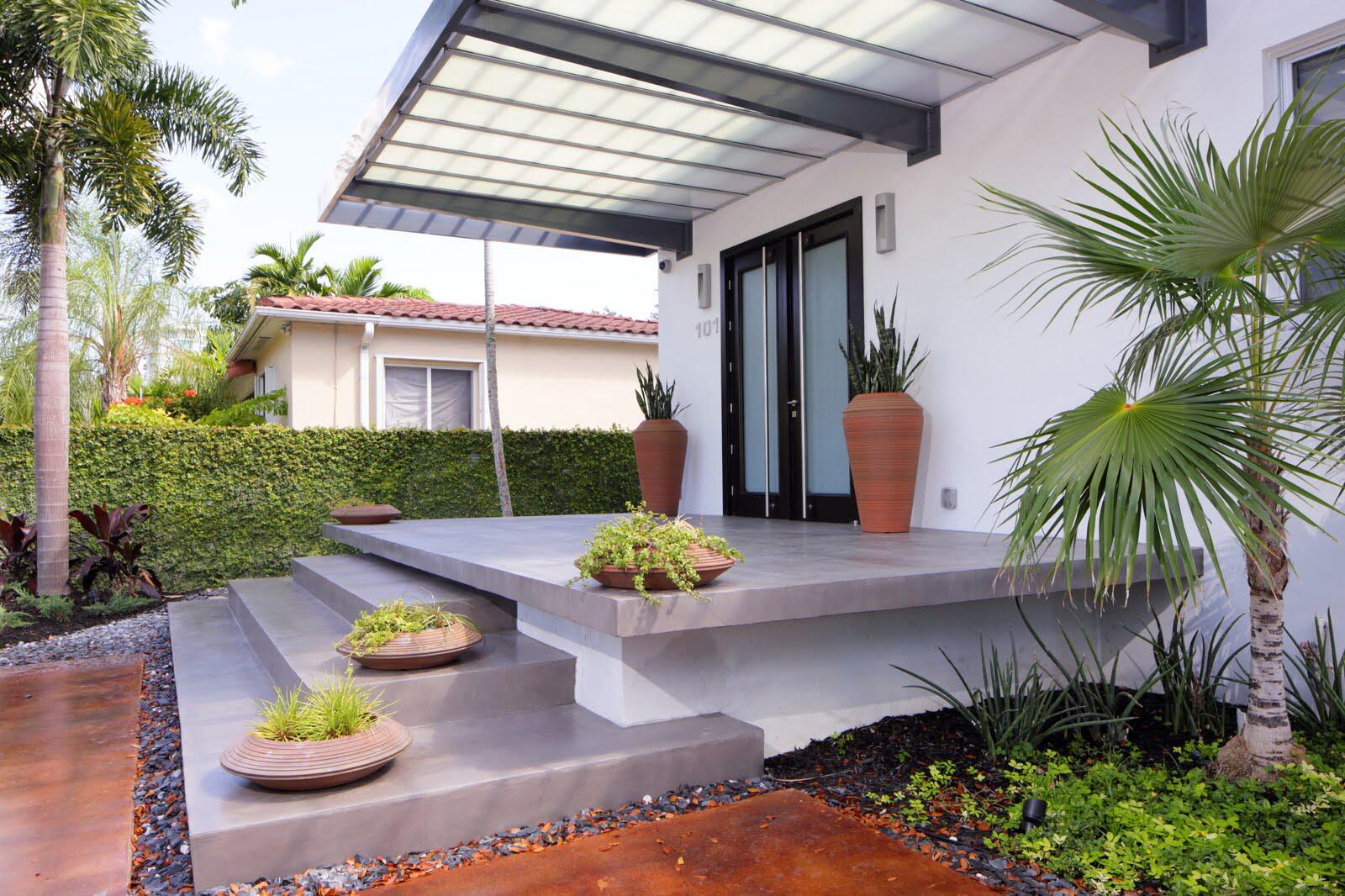
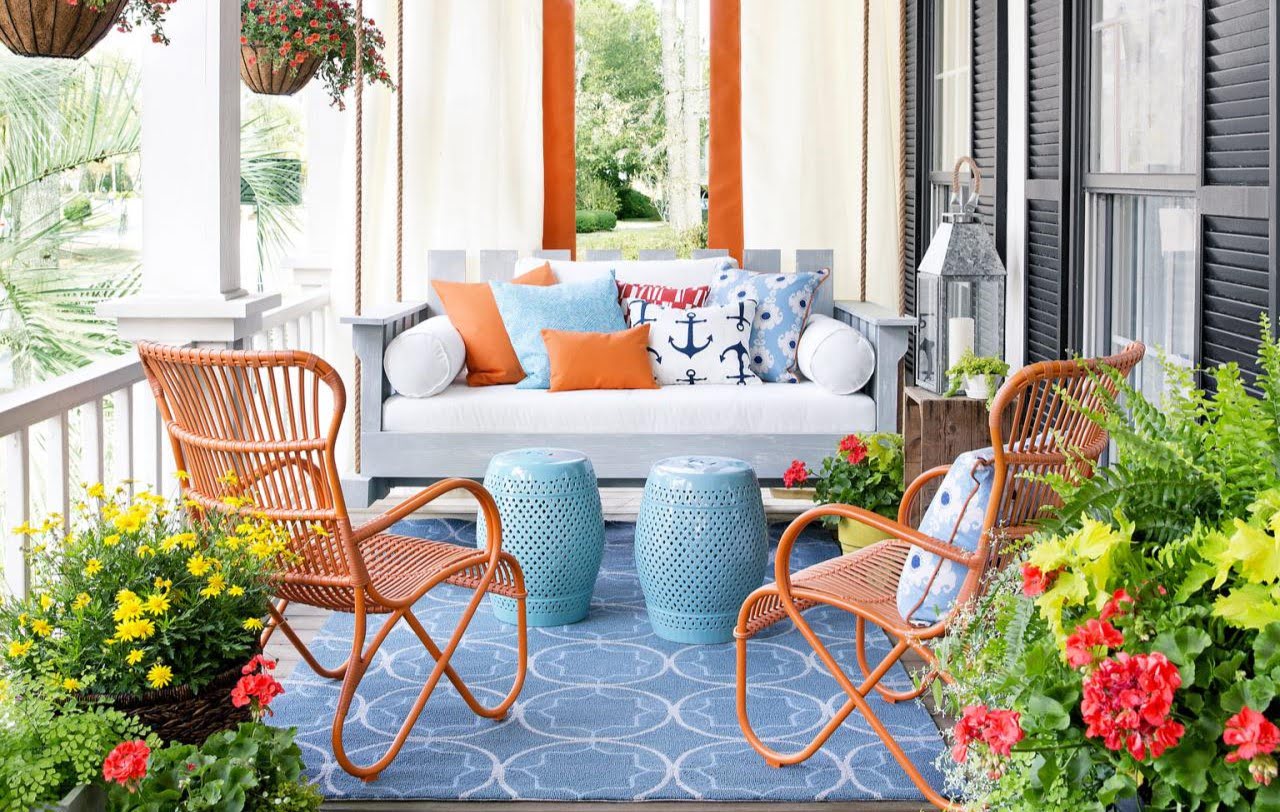
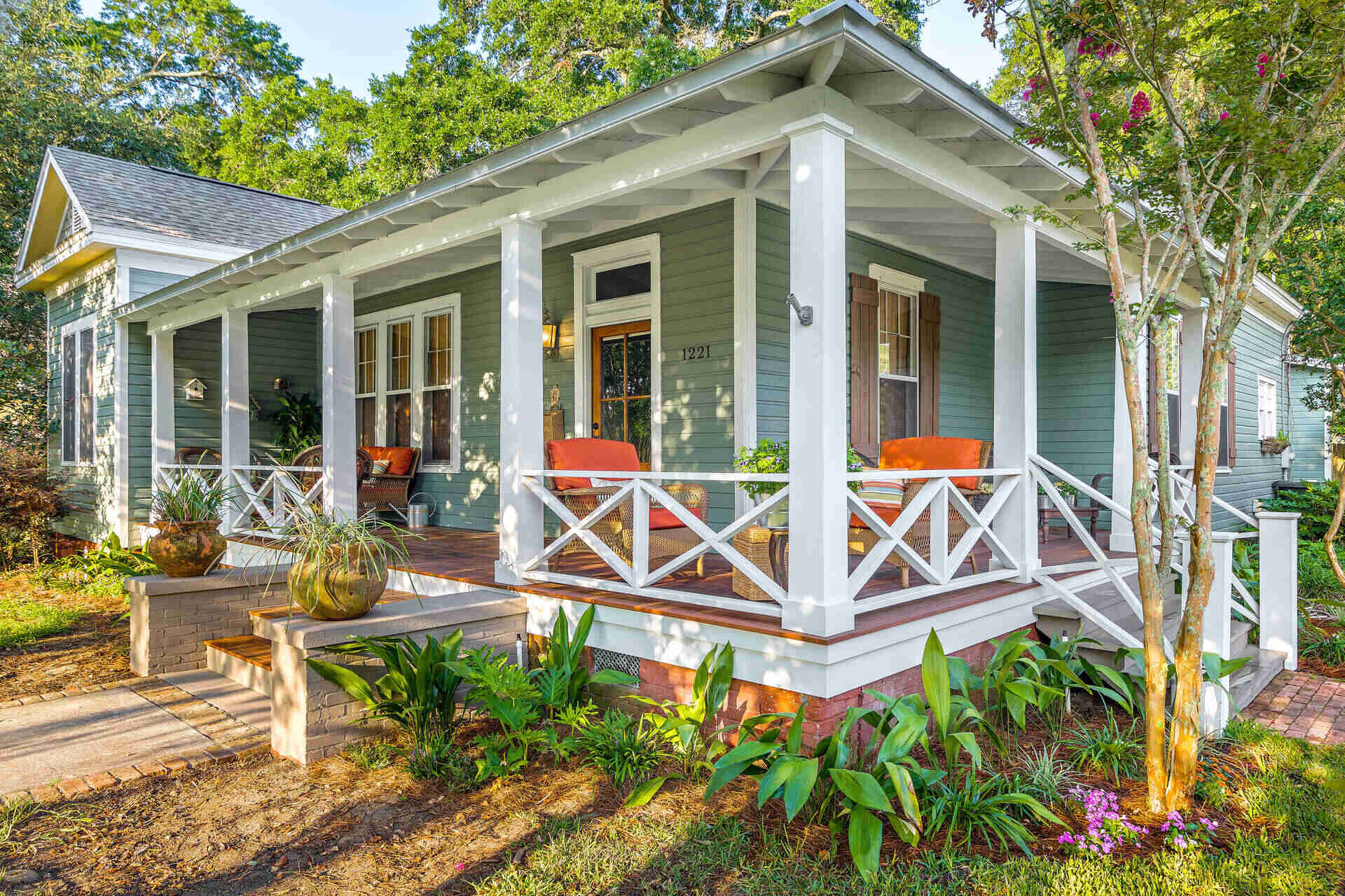
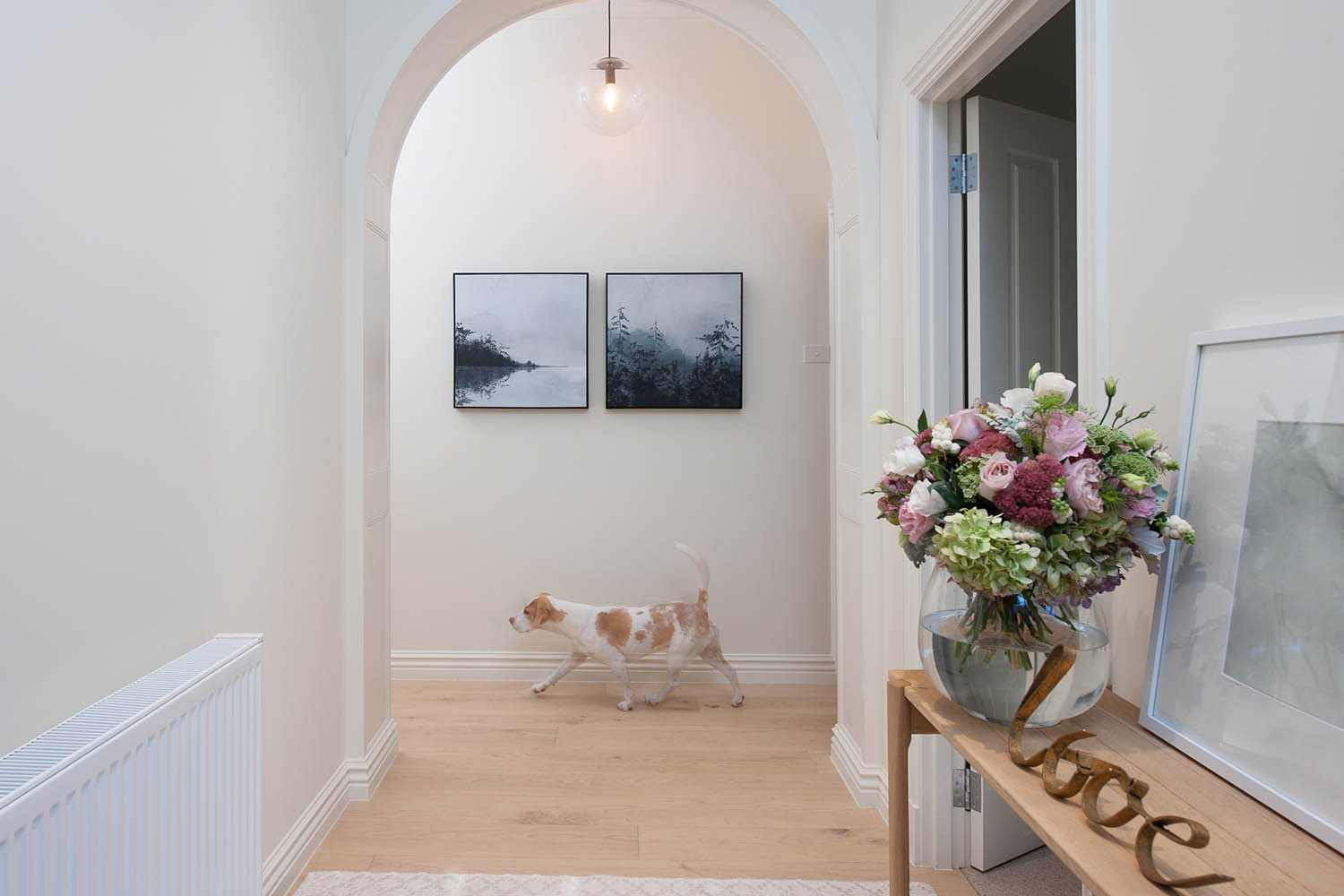

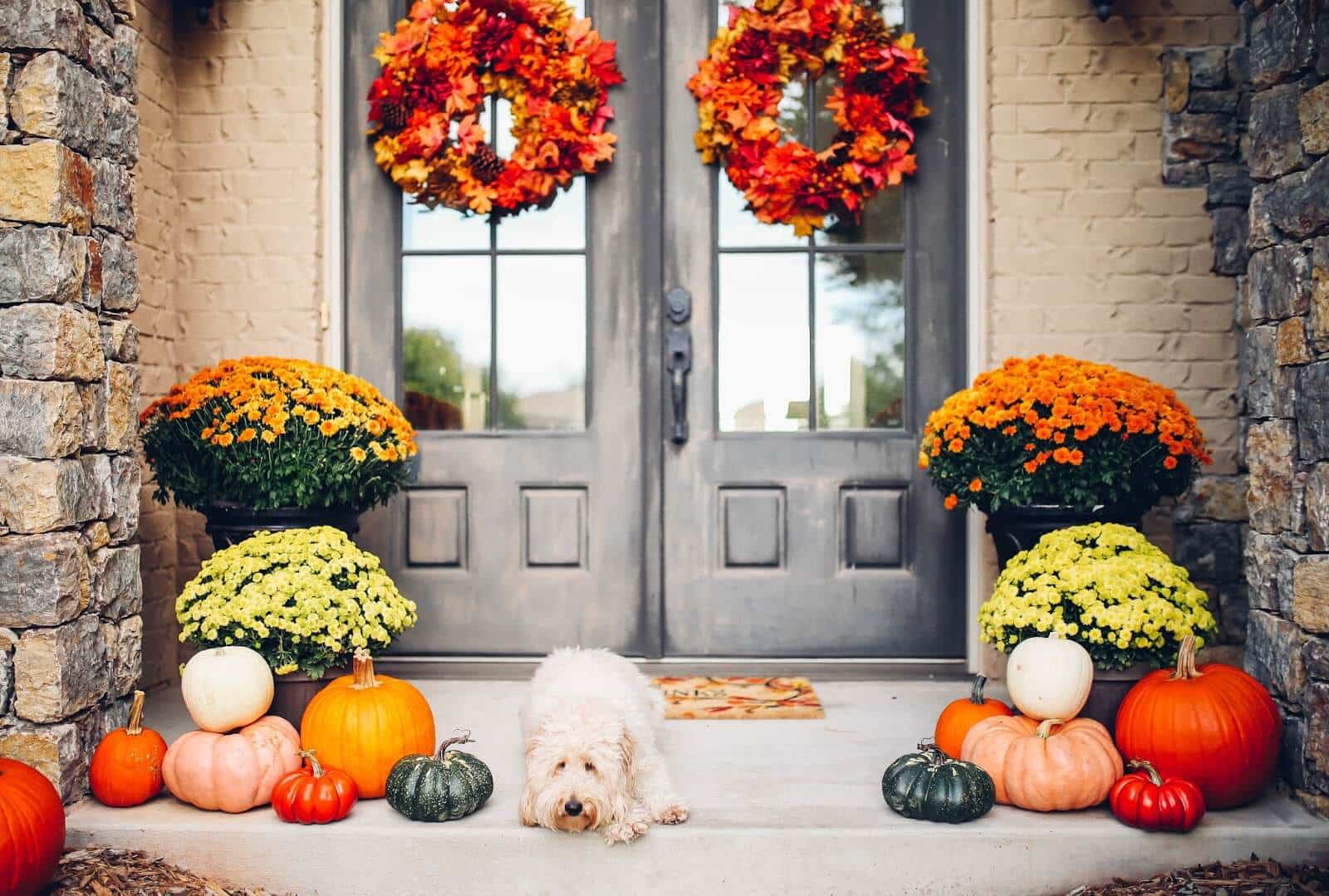

0 thoughts on “Victorian Hallway Tiles: 16 Looks For Hallways And Porches”